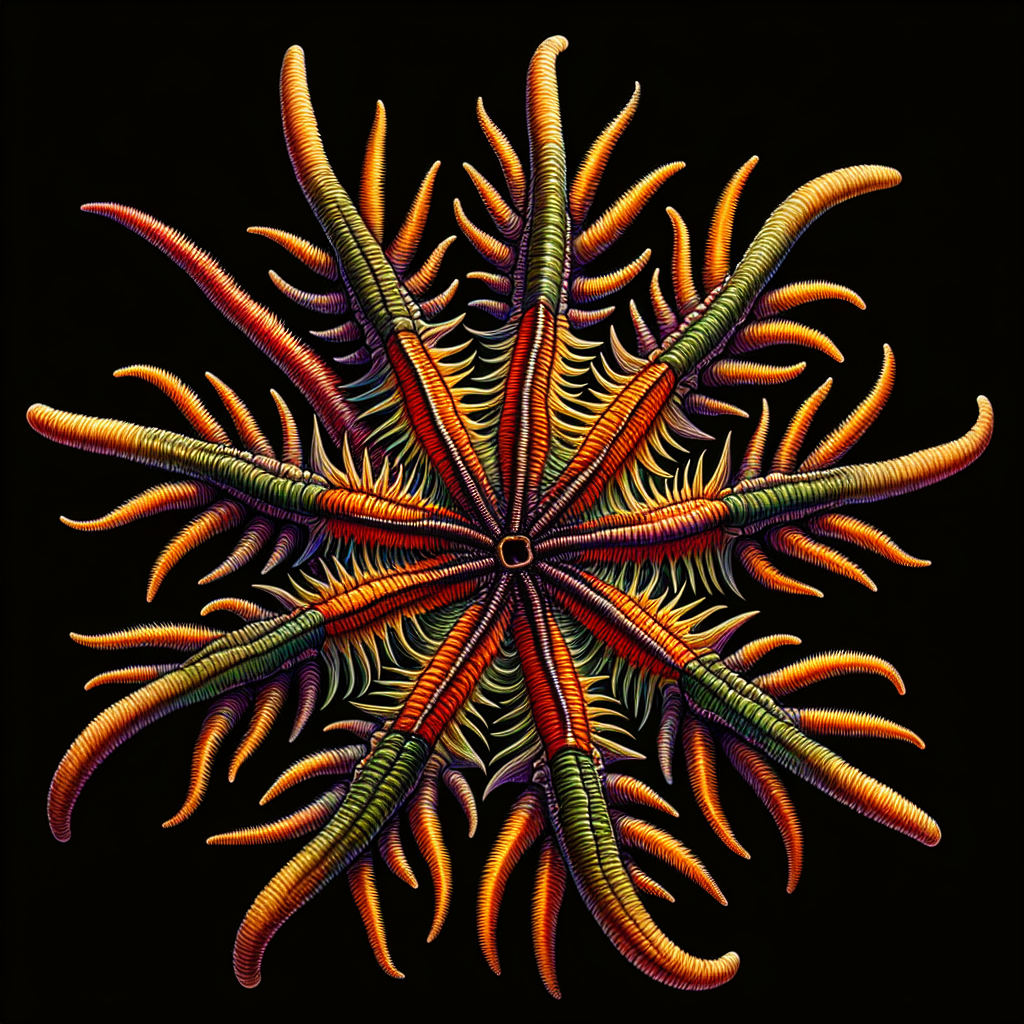Harnessing AI's Power to Unravel the Secrets of Binary Stars
The article discusses the challenges in measuring the basic properties of stars due to their astronomical distances. It highlights the use of binary stars, artificial intelligence, and neural networks to improve the analysis and interpretation of celestial observations, thereby significantly reducing computation time.

Stars, the universe's fundamental building blocks, hold many mysteries due to their vast distances from Earth. The challenge in understanding their basic properties, such as mass and radius, lies in these astronomical distances.
To bridge this gap, astronomers have turned to binary stars—two-star systems governed by Kepler's laws. By measuring the orbital size and period of binary systems, scientists can calculate their total mass. Yet, determining the stars' radii requires the rare alignment of binary star orbits with our line of sight—an event called an eclipse.
Astrophysicists are now leveraging artificial intelligence to revolutionize their methodology. By deploying deep learning neural networks, they can bypass traditional, time-consuming computations. AI models that closely mimic physical models offer a millionfold reduction in runtime, accelerating the analysis of binary systems from weeks to mere minutes.
(With inputs from agencies.)










